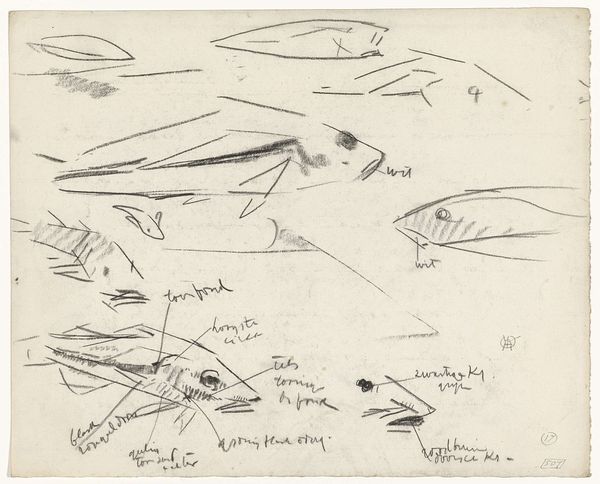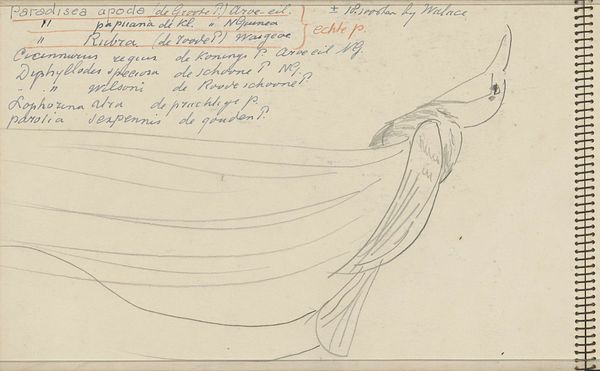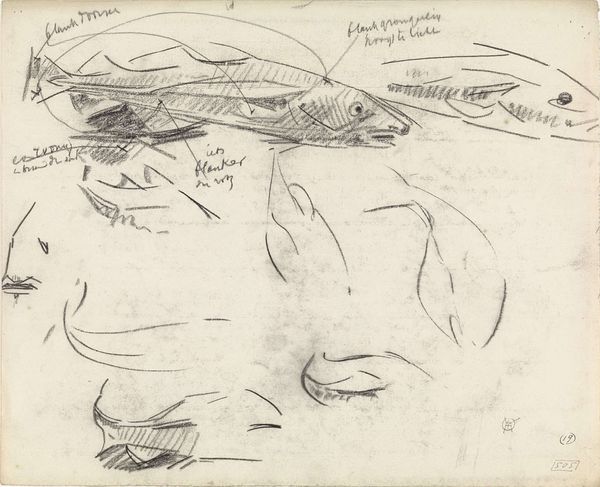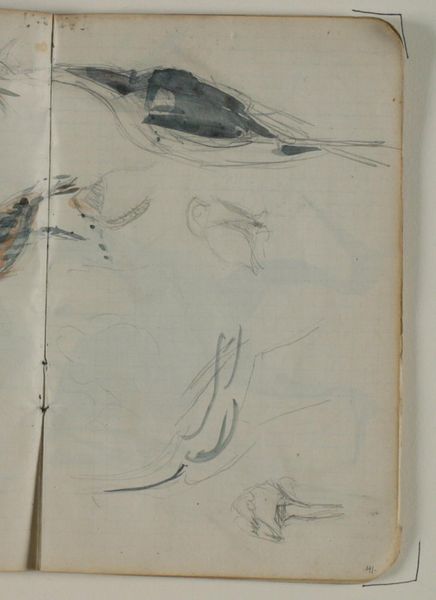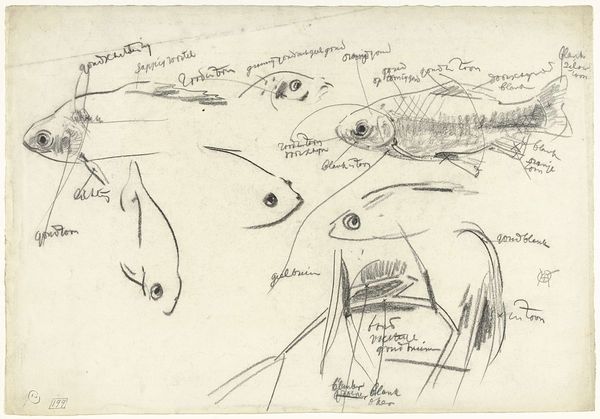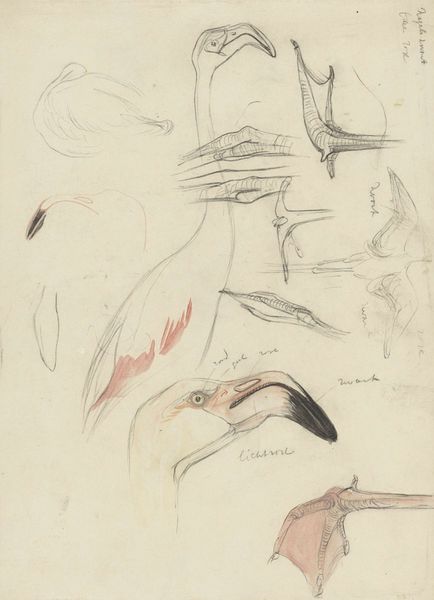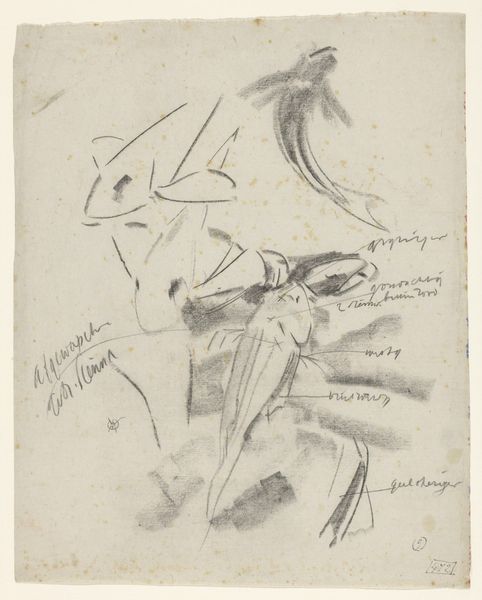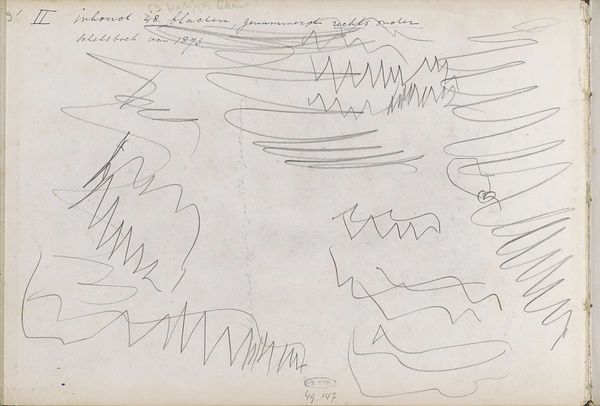
drawing, paper, pencil, graphite
#
portrait
#
drawing
#
paper
#
pencil
#
graphite
#
history-painting
#
academic-art
#
realism
Copyright: Public domain
Curator: Here we have Thomas Eakins' "Anatomical Studies," created around 1879. It's a pencil and graphite drawing on paper, showcasing his deep interest in anatomical accuracy. My immediate impression is that it's fascinating to see the process behind representation, like uncovering the building blocks of form itself. Editor: It feels sterile to me, detached, but powerful in its rawness. Like an artist peeling back the layers to reveal the mechanistic systems beneath. It's a history lesson in the ways artists approached the human and animal form scientifically. I see the beginnings of movements focused on objectivity and a hyper-realistic interpretation of bodies and beings. Curator: Indeed. Eakins was quite committed to this detailed study. Notice the visible texture of the paper and how he uses varied line weights to define form. The individual drawings almost seem like segments extracted from his dissection table observations. It reveals an art of relentless inquiry through observation. Editor: It really prompts consideration of the materials at hand and how accessible artistic investigation became. These drawings underscore how pencil and paper facilitated both art and scientific method, emphasizing the intellectual labor and hands-on craftsmanship. There is a beauty to this blending of practices—or maybe it questions the assumed hierarchy, doesn't it? What is the nature of our perception when studying this animal or being? Curator: Exactly! He's highlighting the shared ground between artistic and scientific pursuits, elevating craftsmanship through meticulous material practice. He is quite obviously consumed with a very detailed assessment of the animal physique. The annotations are of key interest because the mark making on paper merges with Eakins’ notation in order to describe in totality the animal. Editor: This is a great counter-narrative to some idealizations of art history—reminding us of the social roots of the materials themselves. Consider where these graphite sticks originate or the types of paper being consumed. Ultimately it reflects Eakins’ own commitment to material and process, grounding his artistry. Curator: And situating this particular artwork—with its dissection processes, graphite materials and paper medium, plus scientific themes— within his greater production unveils previously invisible narratives of labor in an artist's practice. I feel enriched by uncovering the mechanics behind image-making. Editor: Seeing such art pieces makes you appreciate the layers behind all art processes, don’t they? These notes and drawings reveal a commitment to dissecting existing hierarchies and conventional practices surrounding representation itself.
Comments
No comments
Be the first to comment and join the conversation on the ultimate creative platform.


